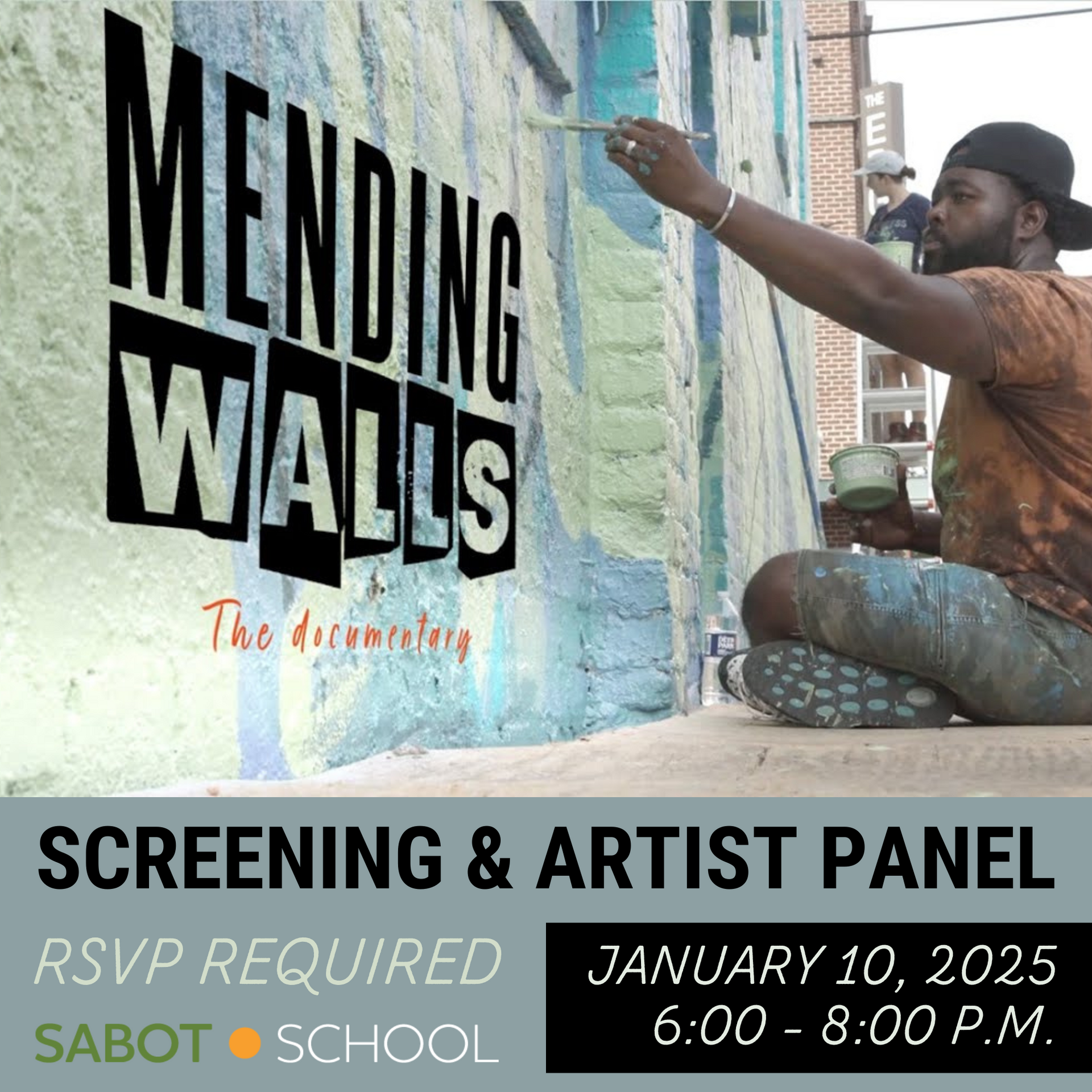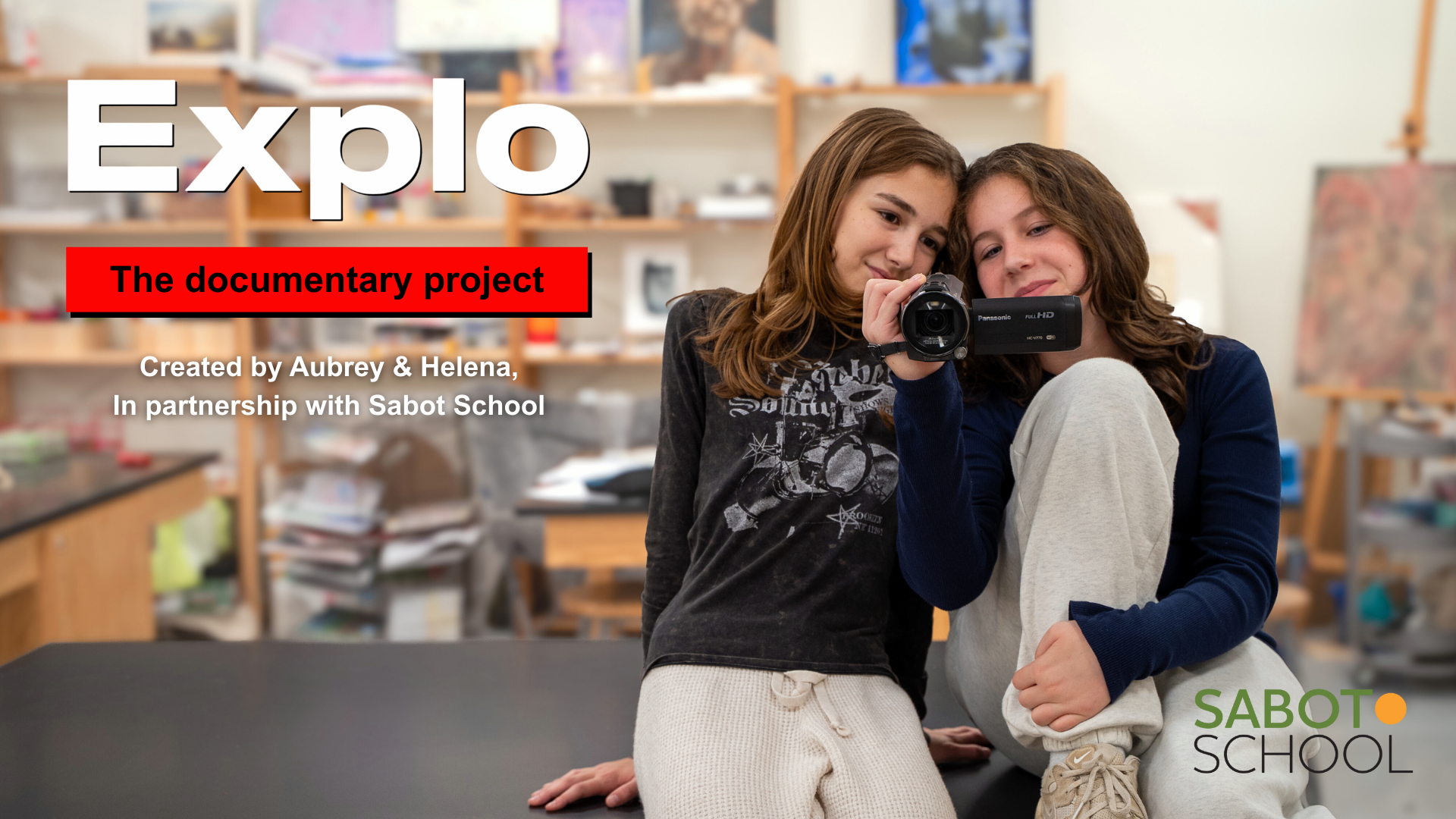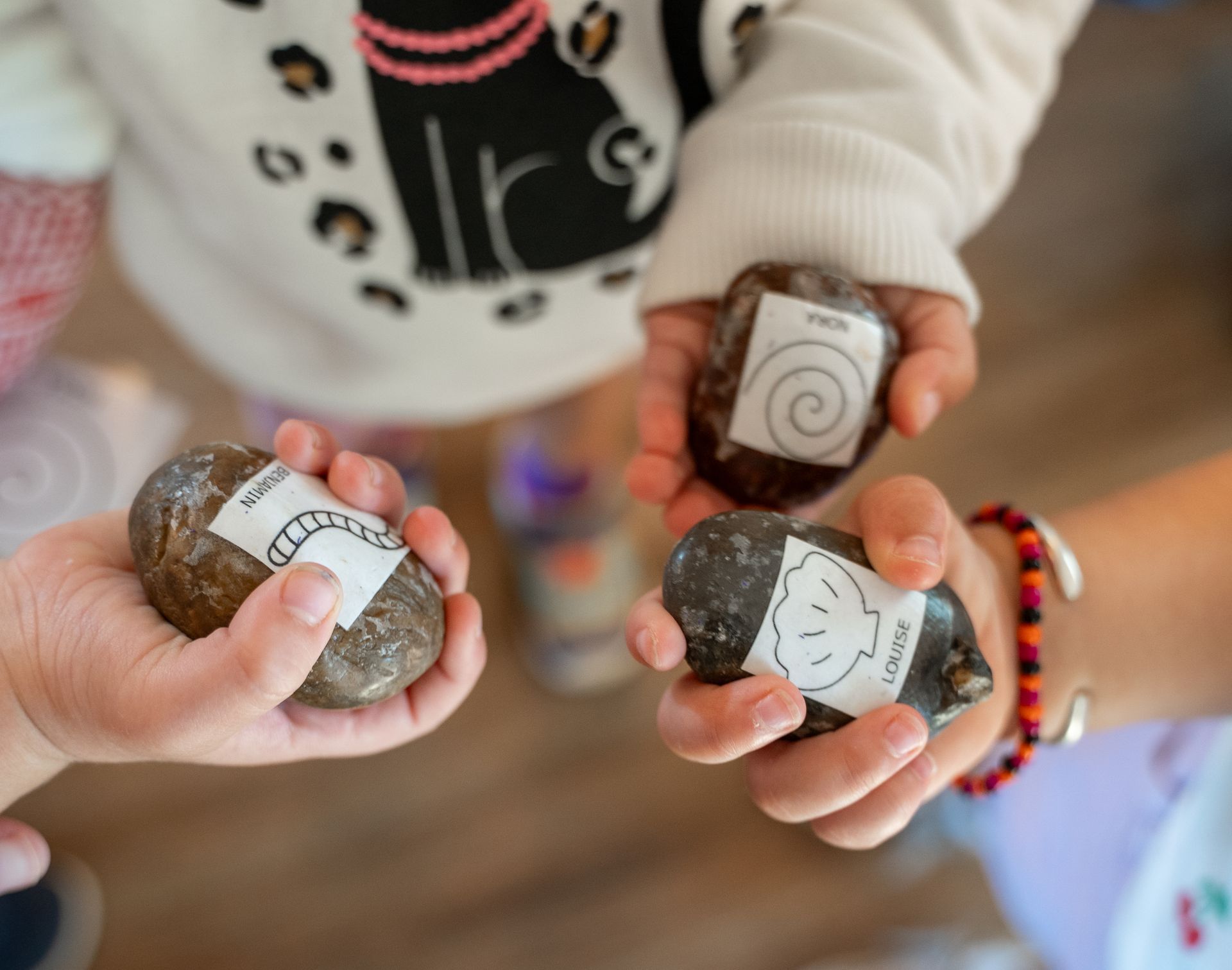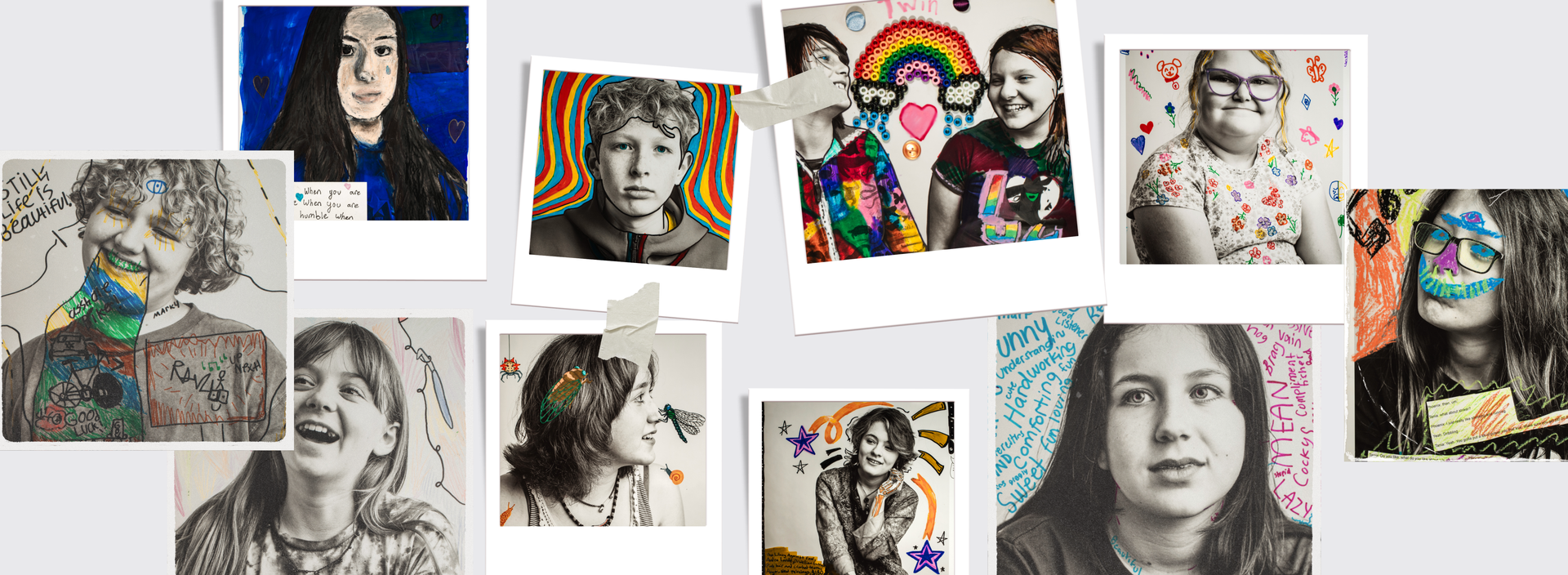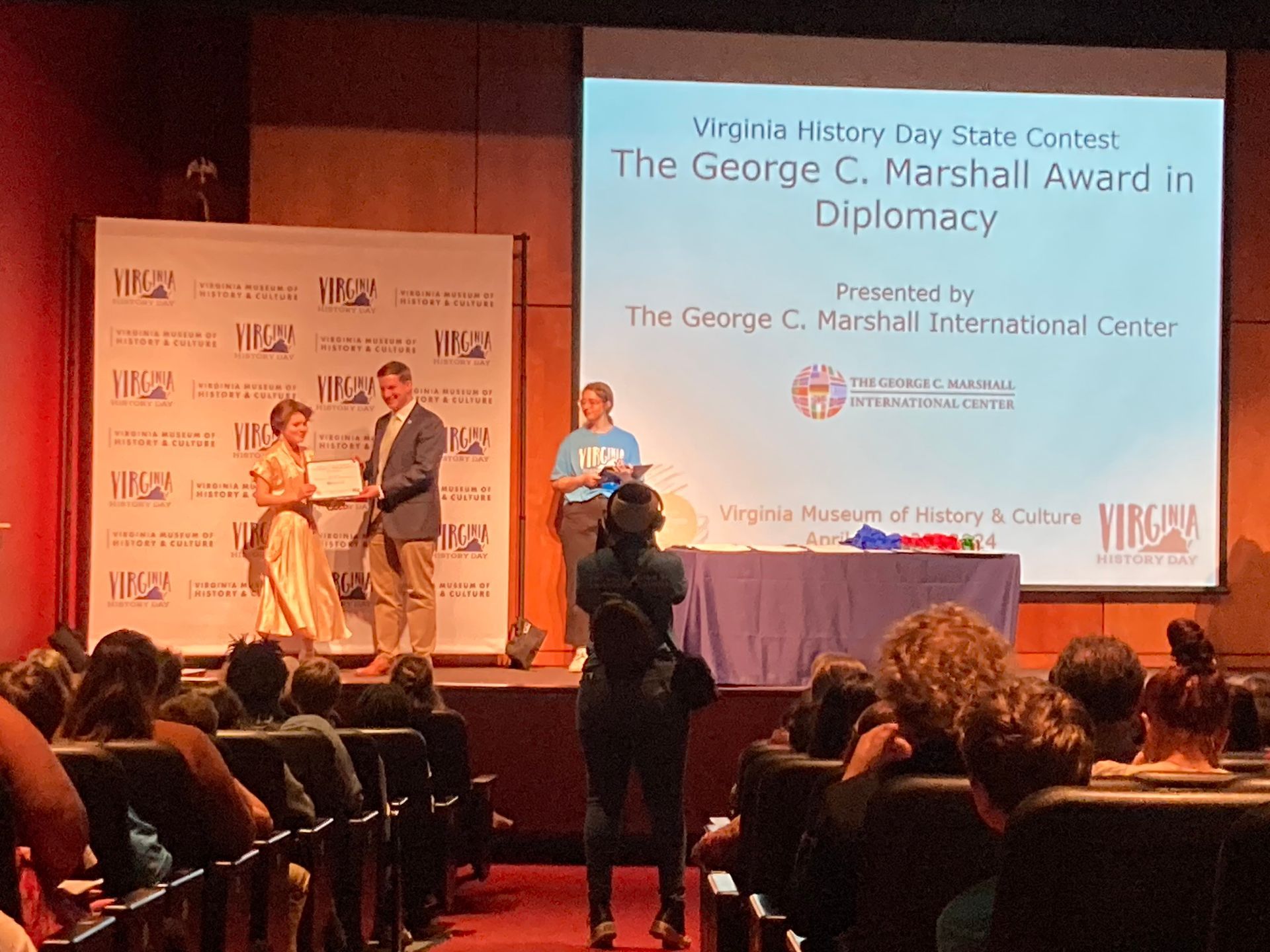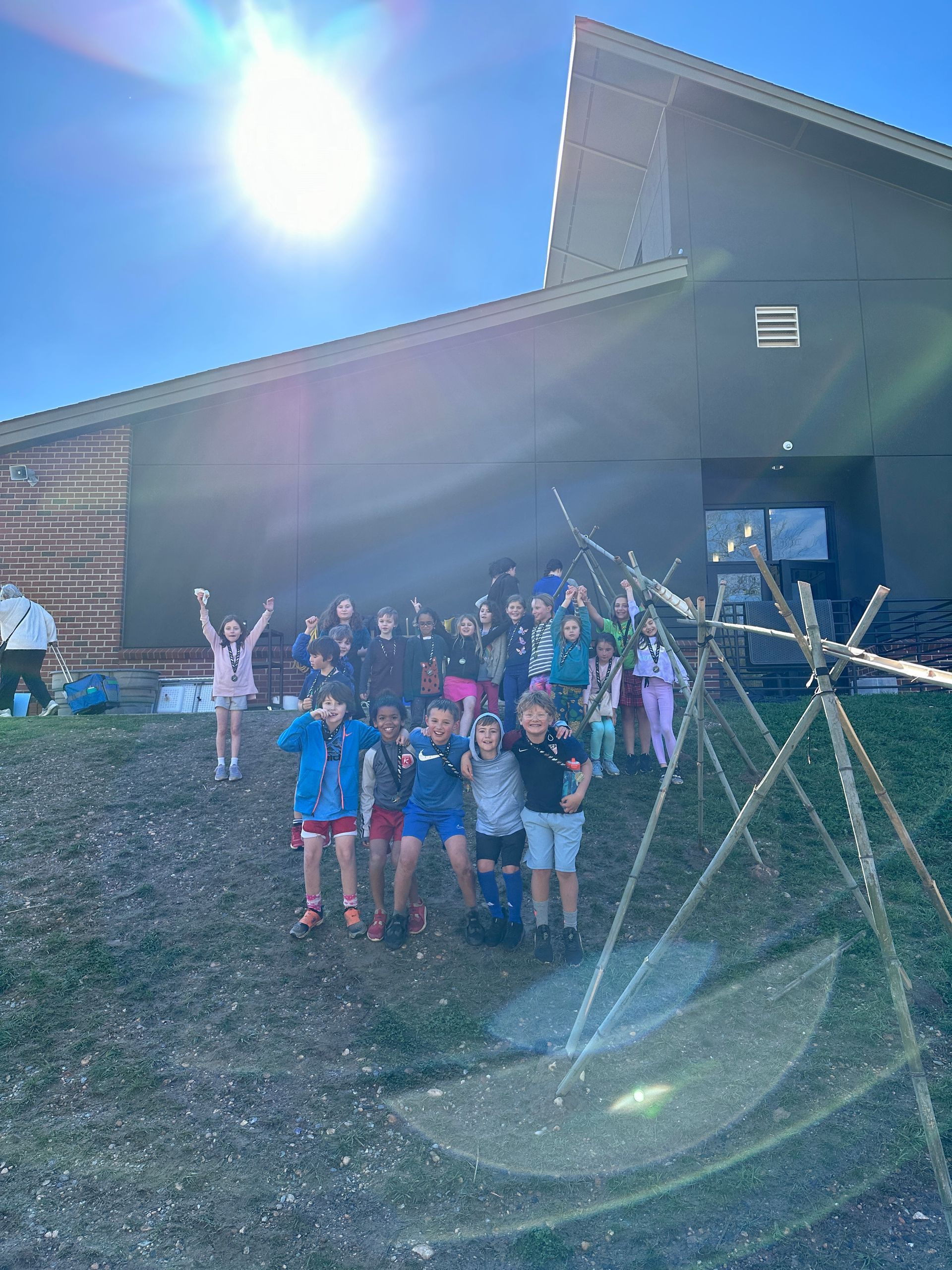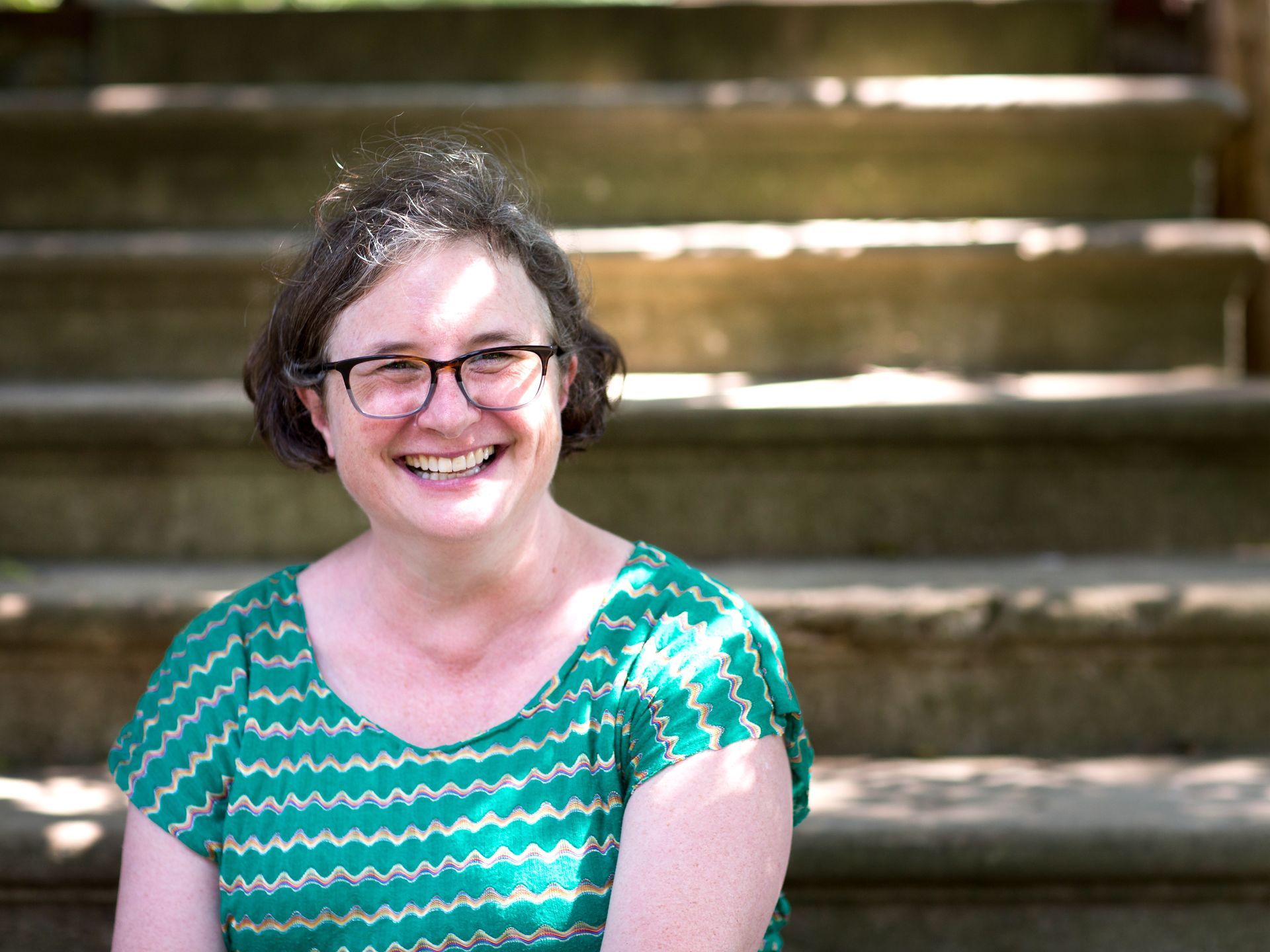There Must Always Be A Foundation: Listening, Mindfulness, and “Turtleness,” Part 4




Sabine: Turtles are really mindful, so to be a turtle, the turtle needs mindfulness and mindfulness needs the turtle.
In exploring music and performance as non-verbal languages, the children developed a stronger awareness of how mindfulness could help them listen to (and with) their bodies in trying to slow down and communicate at the same time. As a class, they began to consider how thinking and performing like turtles requires significant mindfulness and attention to individually and collectively express the idea of “turtleness” to others. Over the next several weeks, they orchestrated whole group performances and then focused on smaller group turtle movement explorations which would later inform the entire group’s work. Throughout their investigative process, the children seamlessly integrated the mindfulness work and listening skills that they had been working on since the start of the year. It quickly became apparent that they were seeking a way to fuller representation, to more clearly distill their learning and share it with others.
As the class continued to learn about turtle and tortoise biology (and turtle- and tortoise-related world mythologies), we reached out to Sabot parent Laura Meyers to help the children integrate music and dance as languages to express the evolution of their thinking. Years before, I had called upon Laura’s expertise in helping a group of first grade students create a sunflower dance to represent the plant life cycle through dance, and her background in dance and choreography proved instrumental yet again in helping the third graders conceive of – and choreograph – their turtle performance. As a performance coach, Laura dutifully honored the children’s ideas and implicitly understood the importance of emphasizing mindfulness and self-control in their work. When she first met with them, they eagerly shared their understandings to date, and she in turn shared what she could offer them.

 In her first meeting with the children, she told them about her personal relationship to music and dance as languages: “I could express things I couldn’t in any other way. As a choreographer and a dancer…I always try to ask, ‘What is necessary? [to engage your audience]’…[I] worked a lot with improvisation to create things. Sometimes there would be some kind of puzzle that we were figuring out and I would have people work on that individually and then we would piece it together. We did a lot of collaboration.”
In her first meeting with the children, she told them about her personal relationship to music and dance as languages: “I could express things I couldn’t in any other way. As a choreographer and a dancer…I always try to ask, ‘What is necessary? [to engage your audience]’…[I] worked a lot with improvisation to create things. Sometimes there would be some kind of puzzle that we were figuring out and I would have people work on that individually and then we would piece it together. We did a lot of collaboration.”
Providing a quick overview of their work for Laura, Nathan summed up the work of the class neatly: “What is a turtle? What makes a turtle or a tortoise? What are the differences?” The children related to Laura what they had done improvisationally and collaboratively. She then challenged them to think about aspects of a turtle that they could translate into movements: “You could think about the qualities of the turtle. The geometrics of the shell…Come up with a way to create a puzzle and then come up with three to four movements, repeat them, play around with the tempo, and interact with another group that has something going on…That’s active improvisation…”
We took the children to Founders Hall to begin trying out movement ideas. Before they began, Laura offered up a powerful provocation to invite them into the moment, reassuring them that: “I can be anything I want and I can come up with three movements that embody that for me. The sky’s the limit in terms of movement…Come up with a sequence of three movements that embody some aspect of the turtle.” Laura intro



After much experimentation, the children created – and then chose – three specific movements: a backwards crab-like turtle walk, a flip to a sliding movement to represent sea turtle movement, then a sit and spin to represent the spiral designs often found upon tortoise shells: turtle crawl , Sea Turtle Movement , spiral movement.
Students soon began to express their desire to be either sea turtles or land tortoises, and so the group became divided into two groups – those who worked together slowly as shells and tortoises [Group 1] and those who chose to be faster sea turtle hatchlings [Group 2], who would emerge from their nest in the sand to follow the moonlight to the ocean. The class determined that the sea turtles should be faster than the tortoises and shells based on their observations watching footage of hatchlings racing to the sea:
- Thomas: [Sea turtles] have to lay so many eggs because most won’t make it. [Hatchlings] are very fast because they have to get to the water quickly.
- Sadie: When they get born, there is probably a very high chance that [they] are going to get eaten…they are not the highest food chain animal.
- Carter: They are trying to get to the water very quickly because they don’t want to get eaten by any predators, and that’s also why they do it at night.
- Evan: They can go fast because their shell isn’t that heavy.
You can hear the children continuing to express these ideas as they practice as hatchlings: Sea turtle hatchling practice
The tortoises and shells in Group 1 had the unique challenge of finding each other’s center of gravity to best support one another – finding balance and security as the shell on top of the tortoise to allow the tortoise to support the shell’s weight and move without the shell falling off. As Laura expressed it, “You need to be trustworthy as the turtle. [The shell] is trusting me with its weight. You need to be super cautious and aware.” Together, we explored finding our center of gravity to achieve the balance necessary to execute the tortoise and shell movements: Center of gravity experiment #1 Center of gravity experiment #2
Together, the class chose a piece of music that they felt best represented their story and one that offered them distinct music cues for their performance: 3 Gymnopedies by Erik Satie, performed by trumpeter Alison Balsom.
- Sadie: The trumpet sounds like a turtle in the forest or a turtle being slow. It’s super slow and calming.
- Henry: Music and dance put together is [like] an accent. One is its own language, but when the two come together, they become an accent.
- Brycen: You can understand the song because you show the movements of the song.
- Leo: The music is technically communicating to you, the dancer, telling you what to do.

Above: Recording the children’s choreography ideas on the whiteboard. Right: A record of their final plans for the performance in Founders Hall [T: turtles, S: shells, H: sea turtle hatchlings]
Figuring out the choreography took weeks of experimentation, practice, and refinement, and ultimately, the class settled upon a plan: Group 1 would begin the performance, executing the three movements [crawl, sea turtle slide, and spiral] before joining together as shells and tortoises [ turtle and shell opening practice ], while Group 2, as sea turtle hatchlings, would emerge from their nest, find their way to the sea, then come center stage to execute movements to represent the hatchlings diving into the ocean [diving through performers’ legs] and jumping over obstacles [leaping over performers], before retreating again to the sea offstage: sea turtle movement practice. After their rehearsals, the children reviewed their videotaped performances and thought collectively to find ways to improve and refine their work. In each discussion, we saw the children actively exhibiting the recurrent themes of our listening project: What does it mean to be a respectful listener and talker to build intersubjectivity? How does constructive and supportive feedback help us individually and as a group? How does mindfulness translate into focus, concentration, trust, and clear communication? How do mindfulness, music, and dance as languages foster deeper connection and understanding?
On the 14th of December before our winter break, the children gave a final performance for their parents and the kindergarten class. Together, the tortoises and the shells worked together to find balance, while the sea turtle hatchlings emerged from their nest in the sand and follow the light of the moon to make their way to the ocean.
The post There Must Always Be A Foundation: Listening, Mindfulness, and “Turtleness,” Part 4 appeared first on Sabot at Stony Point.
SHARE THIS POST
